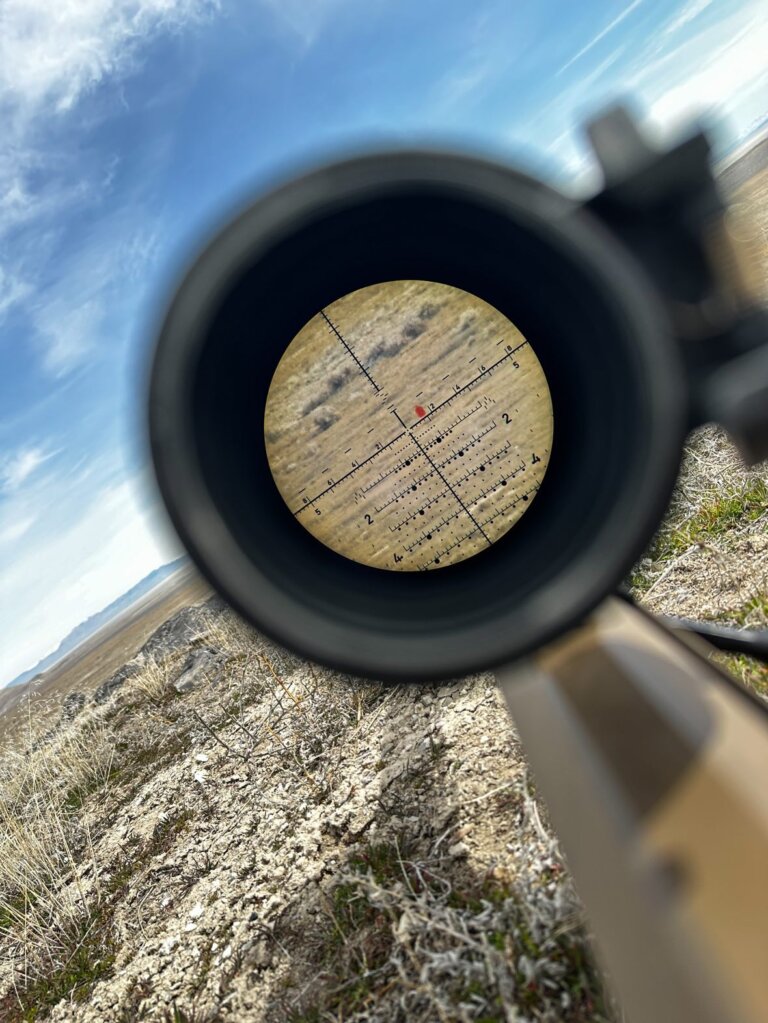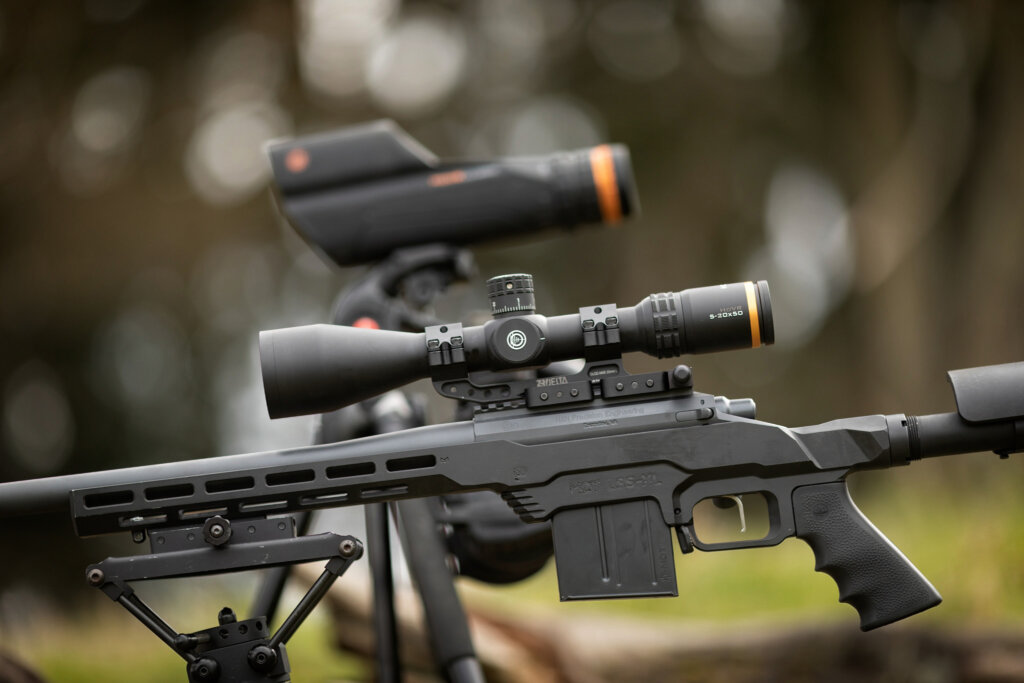Meet the HORUS Series Reticles

Enter the HORUS Grid: A Comparative Analysis of Horus Vision’s H59 and H59-MOA Reticles
In the realm of precision shooting and long-range marksmanship, the choice of reticle can significantly impact accuracy, speed, and overall performance. Horus Vision, known for its innovative approach to reticles and optics, offers two distinct variants of its popular H59 reticle: the standard H59 and the H59-MOA. Understanding the differences between these two reticles allows shooters looking to optimize their shooting experience based on their specific needs and preferences.
Introducing Horus Vision’s H59 Reticles
Horus Vision’s H59 reticles are renowned for their advanced design features tailored to meet the demands of precision shooters across various disciplines. Both the H59 and H59-MOA incorporate sophisticated HORUS Grid patterns with precise aiming points that assist shooters in making quick and accurate adjustments for elevation, windage, and target distance. The H59-MOA can be found in the Horus HoVR™ 5-20x50mm Riflescope and the legendary H59 in many other leading optical manufacturers’ scopes as well.
H59 Reticle Overview
Design and Features:
- The H59 reticle features a comprehensive 0.2 milliradian grid-style pattern that aids in precise holdovers and windage adjustments.
- Designed for versatility, the H59 excels in various shooting scenarios, from competitive shooting to tactical applications.
- Rapid Range Bars to quickly acquire ranges of targets of known size.
- Built in speed shooting formula for fast target engagement.
- Moving target holds intended to indicate leads for targets moving up to 10 mph.
Applications:
- Suitable for shooters who prefer using MIL (milliradian) measurements for their adjustments.
- Ideal for environments where MIL-based calculations are standard practice, such as in tactical, military and law enforcement contexts.
Advantages:
- Provides clear aiming points for elevation and windage corrections.
- Enhances target acquisition and engagement speed through its intuitive design.
- Offers consistency and reliability in challenging shooting conditions.
H59-MOA Reticle Overview
Design and Features:
- The H59-MOA reticle maintains the grid-like structure but is calibrated in MOA (Minute of Angle) instead of MIL.
- It features hash marks and dots spaced according to MOA increments, catering specifically to shooters accustomed to MOA measurements.
- Rapid Range Bars for quickly estimating range to targets of known size.
Applications:
- Preferred by shooters who are more comfortable with MOA adjustments and calculations.
- Well-suited for environments where MOA-based scopes and ballistic calculations are prevalent, such as in certain hunting and competitive shooting disciplines.
Advantages:
- Simplifies adjustment calculations for shooters familiar with MOA.
- Provides precise aiming points for elevation and windage adjustments in MOA increments.
- Offers compatibility with scopes and ballistic software designed for MOA measurements.
Key Differences Between H59 and H59-MOA
1. Measurement Units:
- H59:Uses MIL for its grid and adjustment increments.
- H59-MOA: Uses MOA for its grid and adjustment increments.
2. User Preference:
- H59: Appeals to shooters who prefer MIL measurements or use MIL-based scopes.
- H59-MOA: Appeals to shooters who prefer MOA measurements or use MOA-based scopes.
3. Application Specificity:
- H59: Commonly found in tactical and precision shooting environments where MIL measurements are standard.
- H59-MOA: Often used in hunting and competitive shooting scenarios where MOA measurements are more prevalent.
Conclusion
Choosing between the Horus Vision H59 and H59-MOA reticles ultimately comes down to personal preference and the specific shooting context. Whether you prefer MIL or MOA measurements, both reticles offer sophisticated features designed to enhance accuracy and performance at extended ranges. By understanding their unique attributes and applications, shooters can confidently select the reticle that best aligns with their shooting style and operational requirements.
For more detailed specifications and to explore how these reticles can elevate your shooting experience, visit the Reticle Simulator to try your hand at putting Horus reticle technology to use.



